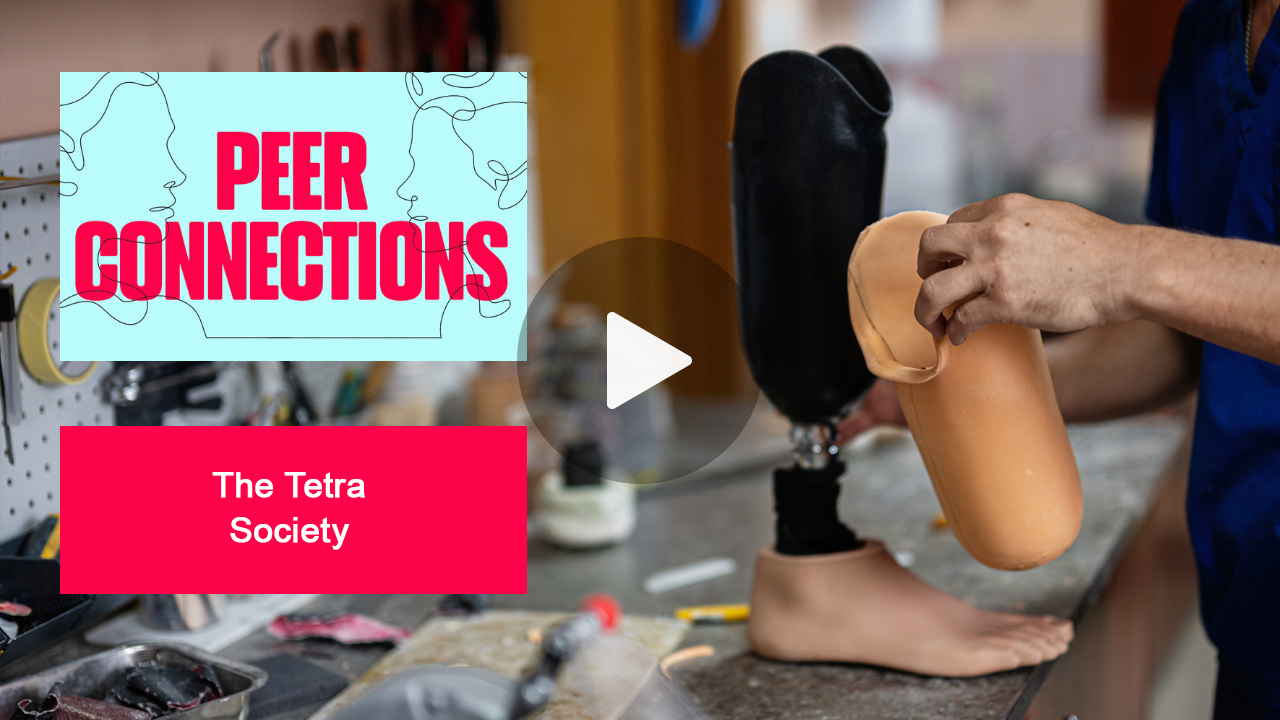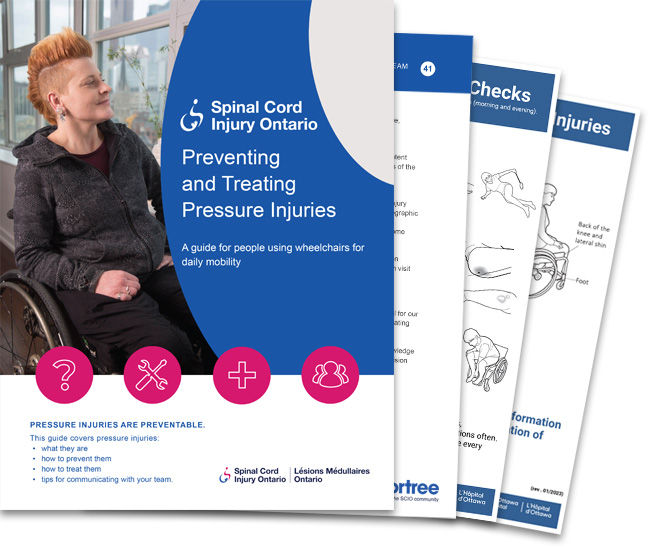In this video, we go over the first steps involved in the journey to driving as a wheelchair user or someone with mobility impairment who needs hand controls.
Vehicles can be adapted to meet a wide variety of mobility needs. There are many adaptations that allow people with mobility issues to drive independently. If you use a cane, walker, wheelchair or other assistive device, you can drive a modified vehicle and enjoy the independence and freedom of movement we all value. There are also adaptive technologies to make it easier to carry a variety of passengers, whether it’s to transport an elderly relative, a child who uses a wheelchair, or a spouse who has experienced a stroke.
If you use a wheelchair or other assistive device and you want to drive, there are options for you. Vehicles can be adapted for a driver who transfers from a wheelchair to a car seat or who will remain in the wheelchair while driving. All that’s required is understanding exactly how you will use the vehicle and then working with an expert to find solutions.
If your mobility has changed and you want to return to driving, the first step is completing a driving assessment. A referral for a driving assessment may come from a doctor or another member of your health care team. These assessments take place at a driver rehabilitation facility. You will be assessed by an occupational therapist and a certified driving instructor. The goal of the driver assessment is to determine if and how your medical condition affects your ability to drive safely. The therapist working with you will explore options to help you to return to independent driving.
The first thing the therapist will do is review your medical and driving history to better understand what you will need to return to driving.
The second part of the assessment is physical and cognitive testing. Physical testing may include assessment of movement and strength in your arms and legs as well as measurements of your wheelchair (if you require the use of one). Cognitive testing may include tests to assess your reaction time, decision making, and attention skills.
The last part of the assessment is an on-road assessment. The goals for this portion will be specific to you but may include:
- Exploring technology and vehicle options,
- Introducing you to the assistive technology needed to drive independently
- Determining your ability to drive safely.




